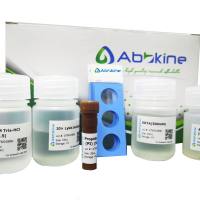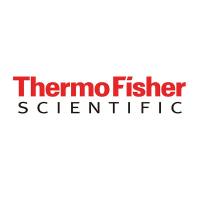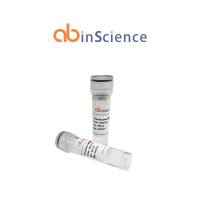Detecting ATM-Dependent Chromatin Modification in DNA Damage and Heat Shock Response
互联网
621
The ataxia telangiectasia-mutated gene product (ATM), whose loss of function is responsible for ataxia telangiectasia (A-T), is a protein kinase that interacts with several substrates and is implicated in mitogenic signal transduction, chromosome condensation, meiotic recombination, cell-cycle control and telomere maintenance (Pandita, Expert Reviews in Molecular Medicine 5:1–21, 2003; Pandita, Oncogene 21:611–618, 2002; Matsuoka et al., Science 316:1160–1166, 2007). The ATM protein kinase is primarily activated in response to DNA double-strand breaks (DSBs) caused by ionizing radiation (IR) or radiomimetic drugs (Pandita et al., Oncogene 19:1386–1391, 2000). ATM is also activated by heat shock, which occurs independent of DNA damage (Hunt et al., Can Res 69:3010–3017, 2007). ATM is observed at the sites of DNA damage, where it is autophosphorylated and is dissociated from its non-active dimeric form to the active monomeric form (Bakkenist and Kastan, Nature 421:499–506, 2003). The ATM protein appears to be a part of the sensory machinery that detects DSBs during meiosis or mitosis, or breaks consequent to the damage by free radicals. Recent studies support the argument that ATM activation is regulated by chromatin modifications (Gupta, Mol Cell Biol 25:5292–5305, 2005). This review summarizes the multiple approaches used to discern the role of ATM in chromatin modification in response to DNA damage as well as heat shock.









